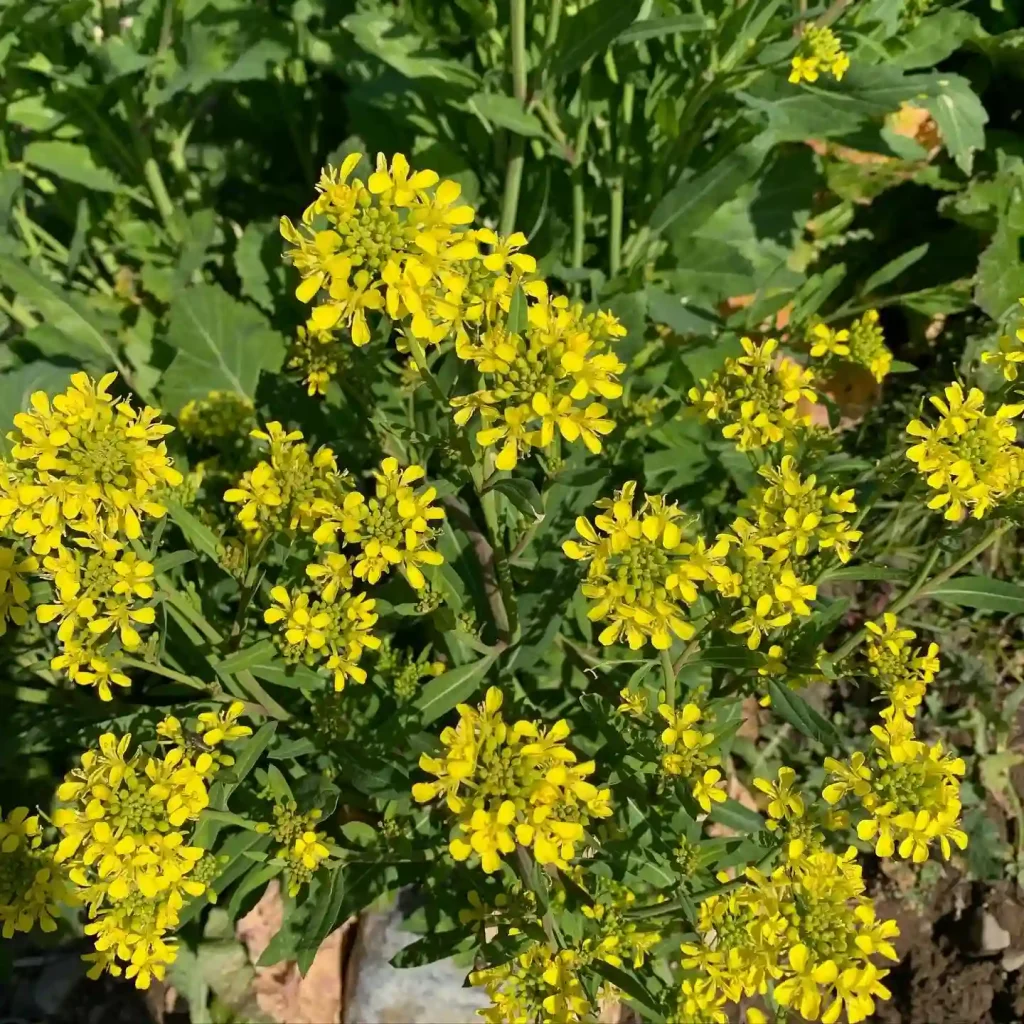Stephanotis: A Fragrant Obsession
My name is Ferb Vu, and I have a confession. I’m utterly captivated by Stephanotis, that genus of climbing plants with the intoxicatingly fragrant flowers. It all started with a single, unassuming plant gifted to me by a friend. Its dark green, leathery leaves and those exquisite white blooms, so waxy and perfect, drew me in. The scent, oh, the scent! It was like a heady mix of jasmine and honey, filling my entire apartment with its sweet perfume. I was hooked.
Since then, I’ve been on a quest to learn everything I can about these fascinating plants. Native to Madagascar and parts of Southeast Asia, Stephanotis belongs to the Apocynaceae family, which also includes the more familiar milkweeds and oleanders. They’re evergreen, woody-stemmed lianas, meaning they climb by twining their stems around supports. But it’s the flowers that truly steal the show.
A Closer Look at Stephanotis
Imagine a cluster of pure white, trumpet-shaped flowers, each one with five delicate petals that seem to radiate outwards. The texture is smooth, almost porcelain-like, and the fragrance is simply divine. No wonder Stephanotis floribunda, the most common species, is often called the “Madagascar jasmine” or “waxflower.” It’s a popular choice for bridal bouquets, and I can certainly understand why. Those blossoms exude a sense of romance and purity that’s hard to resist.
But Stephanotis is more than just a pretty face. It’s a genus with a fascinating history and a diverse range of species. Let’s dive a little deeper, shall we?
Unveiling the Species
While Stephanotis floribunda is the star of the show, there are actually around 15 recognized species within the genus. Some sources even consider Stephanotis to be synonymous with Marsdenia, another genus in the Apocynaceae family, which would further expand the list. Here are:
- Stephanotis floribunda: As I mentioned, this is the most popular species, known for its fragrant white flowers and vining growth habit.
- Stephanotis thouarsii: This species boasts larger, more elongated leaves and slightly larger flowers compared to S. floribunda.
- Stephanotis acuminata: Native to Madagascar, this species has distinctive, pointed leaves and creamy yellow flowers.
- Stephanotis grandiflora: True to its name, this species features larger flowers that are often tinged with a subtle pink hue.
- Stephanotis abyssinica (Hochst.) S.Reuss, Liede & Meve
- Stephanotis arabica (Decne.) S.Reuss, Liede & Meve
- Stephanotis brevisquama (Jum. & H.Perrier) S.Reuss, Liede & Meve
- Stephanotis crinita (Oliv.) S.Reuss, Liede & Meve
- Stephanotis ernstmeyeri S.Reuss, Liede & Meve
- Stephanotis faulknerae (Bullock) S.Reuss, Liede & Meve
- Stephanotis macrantha (Klotzsch) S.Reuss, Liede & Meve
- Stephanotis rubicunda (K.Schum.) S.Reuss, Liede & Meve
- Stephanotis schimperi (Decne.) S.Reuss, Liede & Meve
- Stephanotis stelostigma (K.Schum.) S.Reuss, Liede & Meve
- Stephanotis volubilis (L.f.) S.Reuss, Liede & Meve
Unfortunately, many Stephanotis species are threatened in their natural habitats due to deforestation and habitat loss. This makes it even more important to cultivate and appreciate these plants in our homes and gardens.
The Challenges of Cultivation
Now, I won’t sugarcoat it: Stephanotis can be a bit temperamental. These plants crave warmth, humidity, and bright, indirect light. They’re not fond of sudden temperature changes or drafts, and they’re susceptible to pests like mealybugs and scale. But trust me, the rewards are well worth the effort.
With proper care, your Stephanotis will reward you with an abundance of those heavenly scented blooms. Here are a few tips I’ve learned along the way:
- Provide ample humidity: Mist your plant regularly or place it on a tray of pebbles filled with water.
- Water consistently: Keep the soil evenly moist but not soggy.
- Fertilize regularly: Use a balanced liquid fertilizer during the growing season.
- Prune regularly: This encourages bushier growth and more flowers.
Beyond the Beauty
For me, Stephanotis represents more than just a beautiful houseplant. It’s a symbol of resilience, a reminder that even in the face of challenges, beauty can thrive. It’s a connection to the natural world, a source of fragrance that transports me to faraway tropical lands.
And perhaps most importantly, it’s a reminder to slow down, to appreciate the simple things, and to find joy in the delicate beauty of a flower. After all, isn’t that what life is all about?
If i die, water my plants!



